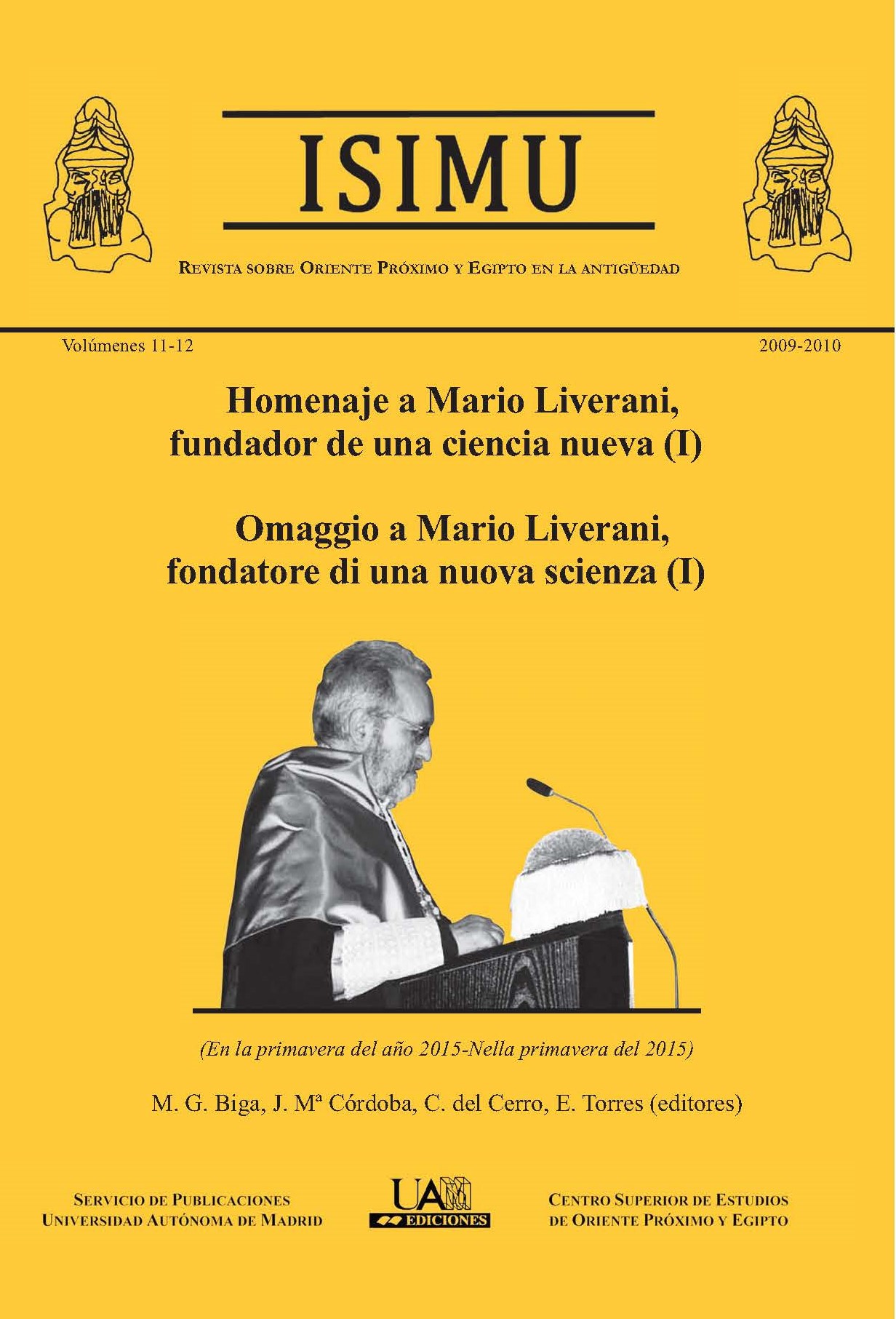Palabras clave:
Coomaraswamy, Sir Gawain and the Green Knight, Indra and Namuci, Lugal-e, Enuma eliš, Ninurta, Marduk, Tigris, Water of life, Cosmogony, One and Many, Philosophia Perennis, Border of the world, cosmicorder, Splitting of heaven from earth, Hieros gamos, soul, Reintegration, Phenomenological methodDerechos de autor 2016 ISIMU

Esta obra está bajo una licencia internacional Creative Commons Atribución-NoComercial 4.0.
Resumen
In 1944 Ananda Coomaraswamy published an essay on the parallels between the plot of Sir Gawain and the Green Knight, a Medieval English poem that forms part of the cycle of The Knights of the Round Table, and the mythological Hindu tale on the fight between the god Indra and Namuci. By means of this essay Coomaraswamy expounded his manifesto of Philosophia perennis, and referred to many mythologies of other cultures to illustrate the metaphysical theme of the One and the Many, the creation of Time and Space, and the Reintegration into the One. At that time the Sumerian poem Lugal-e ud melambi nir?al was not well known. Now it is not only possible to integrate the documentation Coomaraswamy put forward with this poem and other Mesopotamian myths, but also to include Mesopotamian religious thought in the general pattern he outlined.
